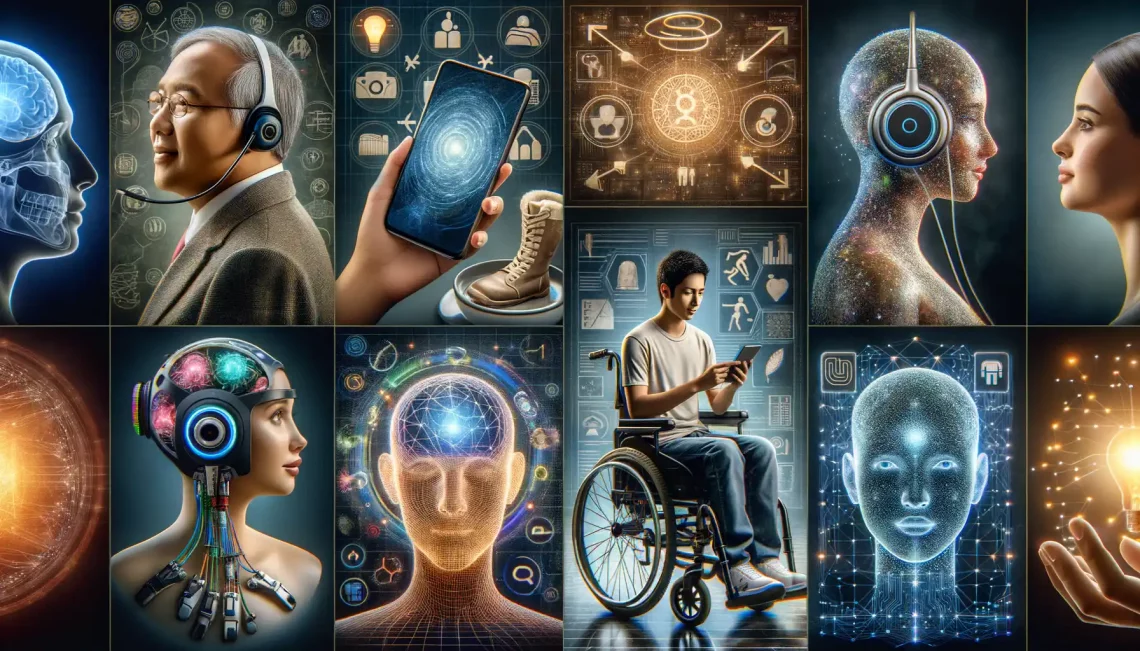Understanding Mobile App Accessibility and Its Challenges
Why Mobile App Accessibility Is More Than Just a Buzzword
Let’s face it—our smartphones are no longer just gadgets; they’re lifelines. For millions of people with disabilities, mobile apps can be a gateway to independence or, sometimes, an overwhelming maze. Picture this: a visually impaired user trying to navigate a shopping app riddled with poorly labeled buttons. Frustrating, right? That’s the reality of inaccessible design.
Accessibility isn’t just about ticking boxes; it’s about creating experiences that welcome everyone. This includes individuals with visual impairments, hearing challenges, motor disabilities, or cognitive conditions. But here’s the catch: making an app truly inclusive isn’t always straightforward.
The Tricky Terrain of Building for Everyone
Designing accessible apps is like juggling knives—there are lots of moving parts, and one slip can cause chaos. Developers often struggle with:
- Complex interfaces: Apps are becoming more intricate, making it tougher to keep navigation intuitive for all users.
- Lack of awareness: Teams frequently overlook accessibility needs simply because they don’t fully understand them.
- Testing limitations: Simulating real-world accessibility challenges during development is still hit or miss.
It’s not just technical hurdles. There’s also the human element—how do you ensure empathy shines through every pixel and line of code? That’s where innovative solutions like AI can step in to bridge the gap.
How AI Technologies Enhance Accessibility Features
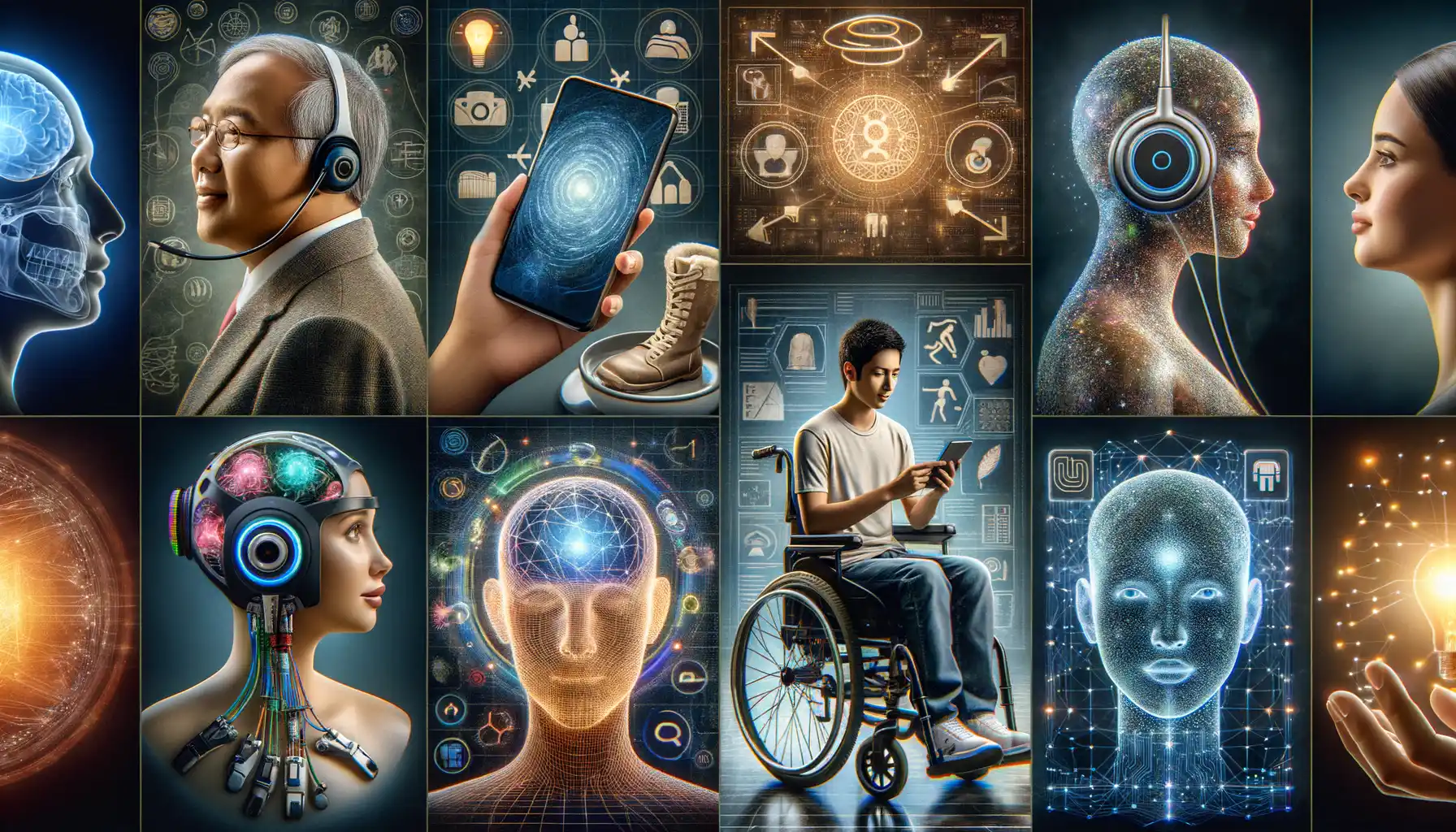
Breaking Barriers with AI-Powered Features
Who hasn’t faced the frustration of trying to use a mobile app that just doesn’t “get” them? For millions with disabilities, this isn’t just an inconvenience—it’s a daily challenge. Enter the hero of the story: Artificial Intelligence. AI is flipping the script, transforming mobile accessibility from a nice-to-have to a life-changing necessity.
Take voice recognition, for instance. AI has made it smarter, sharper, and more intuitive than ever before. It doesn’t just hear words—it understands intent, accents, and even emotions. Have a hearing impairment? AI-powered text-to-speech tools swoop in, converting audio to captions faster than you can blink.
- Image recognition: Apps like Seeing AI describe photos or objects aloud, making the visual world accessible to users with vision impairments.
- Predictive text: Smarter algorithms assist users with mobility challenges by reducing the number of keystrokes needed to compose texts.
Turning Complexity into Simplicity
The beauty of AI lies in its ability to simplify what used to feel impossibly complex. Picture this: someone with limited mobility struggling to navigate their screen. Through technologies like gesture control and eye-tracking—yes, eye-tracking!—AI steps in like a responsive, invisible assistant. Even apps packed with features can bend to your needs, adapting layouts and buttons for easier interaction.
And here’s something magical: personalization. AI can tailor experiences uniquely for each user. It remembers preferences, learns routines, and even predicts what might help next. So, whether it’s adjusting a font size or giving spoken instructions, AI isn’t just smart—it’s thoughtful.
Benefits of AI-Driven Accessibility for Users
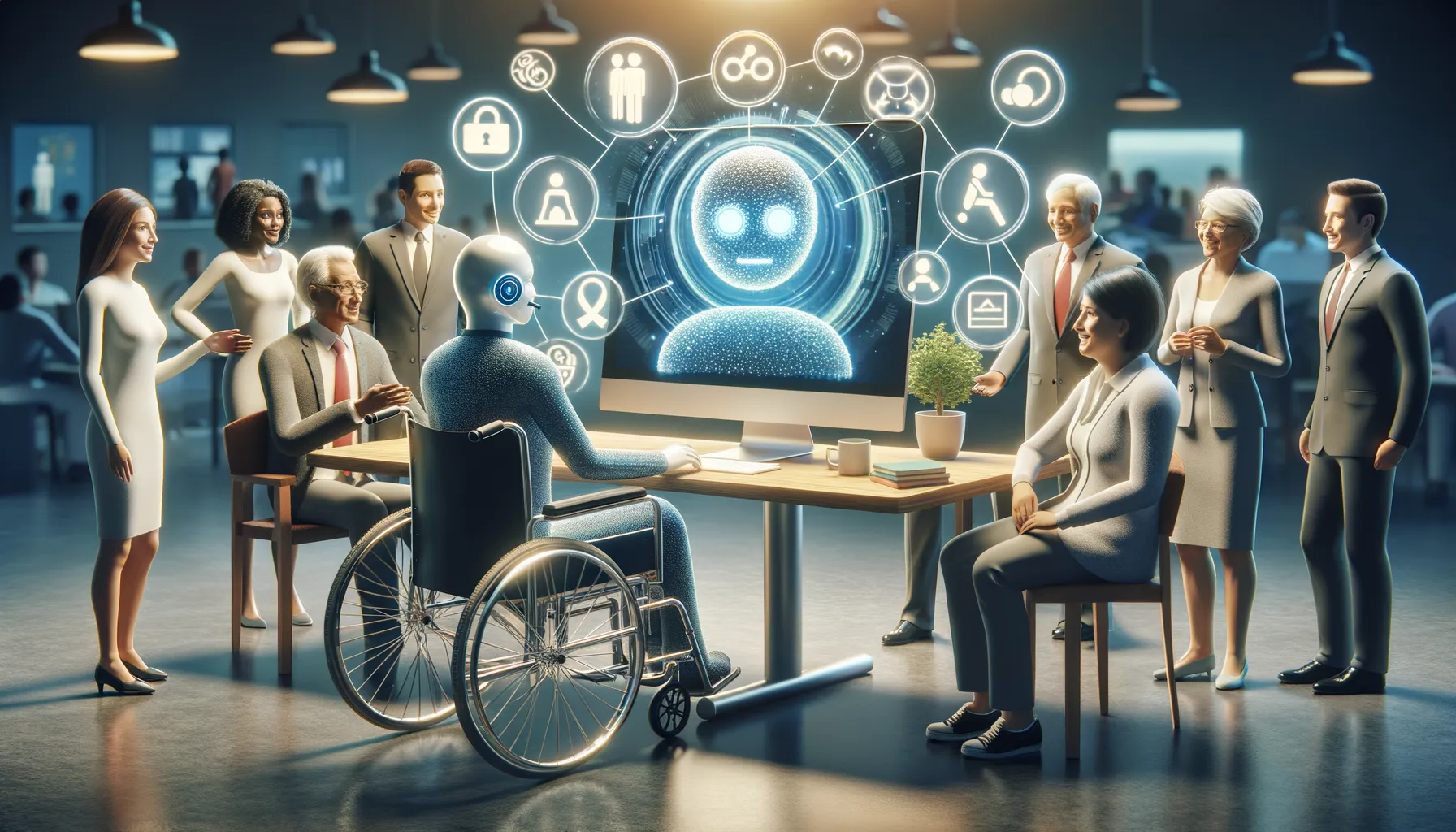
Breaking Barriers, One Tap at a Time
Imagine opening your favorite app and navigating effortlessly—regardless of physical ability, visual acuity, or cognitive differences. That’s the magic AI-driven accessibility we’re talking about. It creates a digital experience where apps don’t just work; they adapt to YOU. AI doesn’t see limitations; it sees opportunities to bridge gaps.
For instance, think about voice commands powered by AI for users who have difficulty with fine motor skills. No more fiddling with tiny buttons. Or text-to-speech features so refined, they can adapt tones for richer, more human-like responses. These tools don’t just provide convenience—they offer freedom.
- Real-time image recognition: Apps can now describe photos or objects instantly for visually impaired users.
- Personalized interfaces: AI studies how you interact with an app and adjusts its design to suit your unique needs.
- Advanced captioning: Speech-to-text technology provides seamless, accurate subtitles for hearing-impaired users in live or video content.
This isn’t pie-in-the-sky innovation—it’s happening now. And here’s the kicker: AI loves to learn. The more people use these tools, the better they become, creating a ripple effect of progress.
Key Innovations in AI-Powered Accessibility Tools
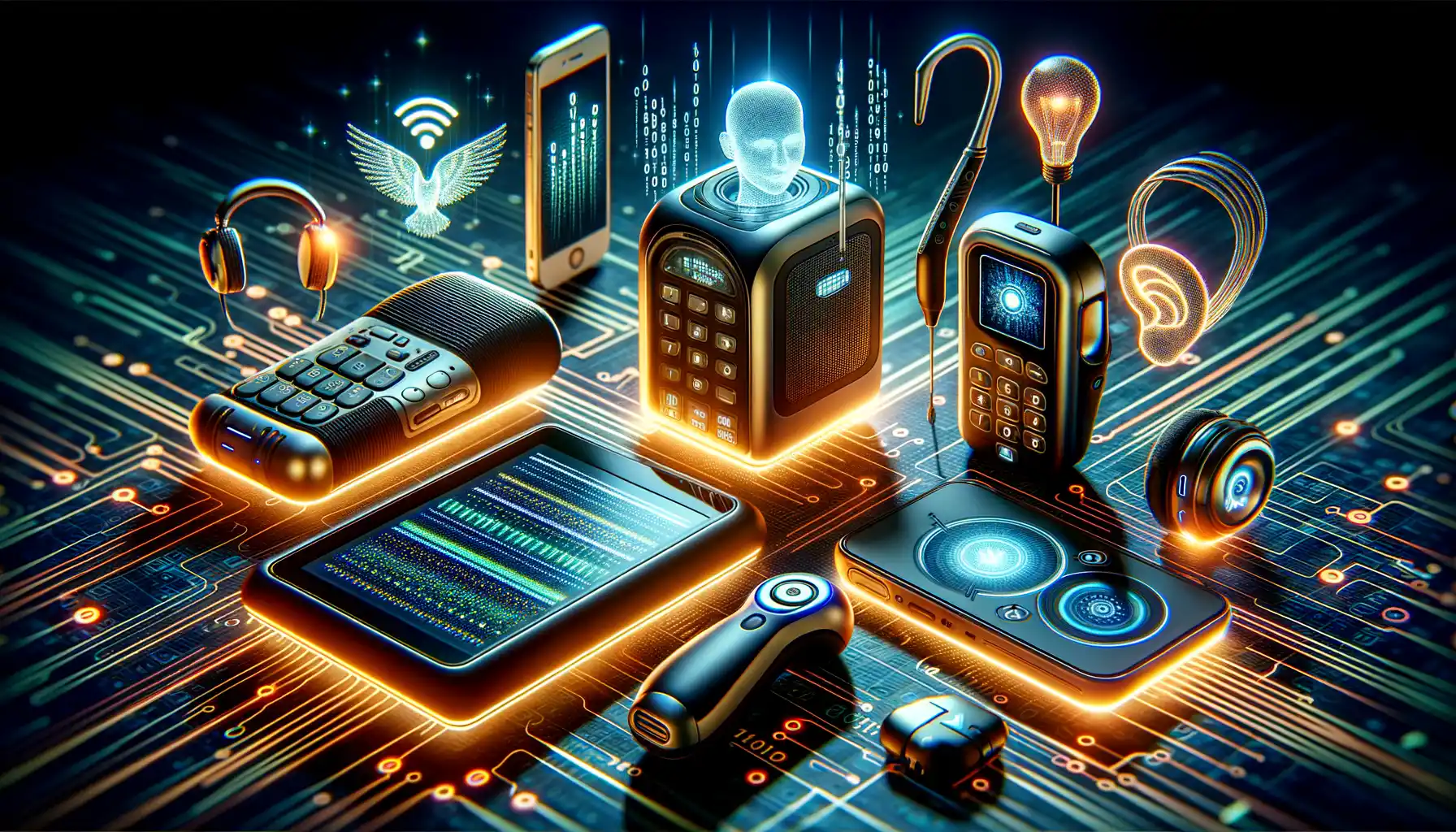
Breaking Barriers with Real-Time AI Features
Imagine this: you’re navigating a bustling city, relying only on your smartphone to guide you. For many people with disabilities, this isn’t just an occasional experience—it’s their daily reality. Thanks to AI, tools are stepping up their game in ways that feel straight out of a sci-fi novel. One standout? Real-time voice recognition and transcription services. These tools not only transcribe conversations on the fly but can even differentiate between speakers, making communication smoother and more engaging for those with hearing impairments.
Then there’s the magic of object recognition, powered by advanced AI vision technologies. Apps like Seeing AI let a person point their camera at an object, text, or even a bustling street scene, instantly providing audio feedback about what’s in front of them. The world becomes less of a guessing game and more of an open book.
- Gesture-to-text translation: Bridging the gap for users who rely on sign language.
- Dynamic voice assistants: Tailored to individual needs, they respond in nuanced ways—not just pre-set commands.
These tools don’t just assist—they empower, offering freedom that feels downright revolutionary.
Personalized Accessibility Like Never Before
AI doesn’t stop at generic solutions; it dives deep into personalizing tools to suit unique user needs. Think of adaptive UI elements, which adjust font sizes, colors, and layouts based on a user’s preferences or environmental conditions. It’s like having a thoughtful friend who knows just how you like things—down to the little details.
And let’s talk navigation. AI-powered mobility apps can now combine GPS data with live traffic updates and user preferences. For example, an app could suggest wheelchair-accessible routes while factoring in time and comfort. The level of precision feels tailored, almost as if the app truly “knows” its user.
It’s not just about functionality anymore; it’s about fostering an emotional connection between users and technology, creating experiences that are practical, intuitive, and deeply personal.
Future Trends in AI and Mobile Accessibility
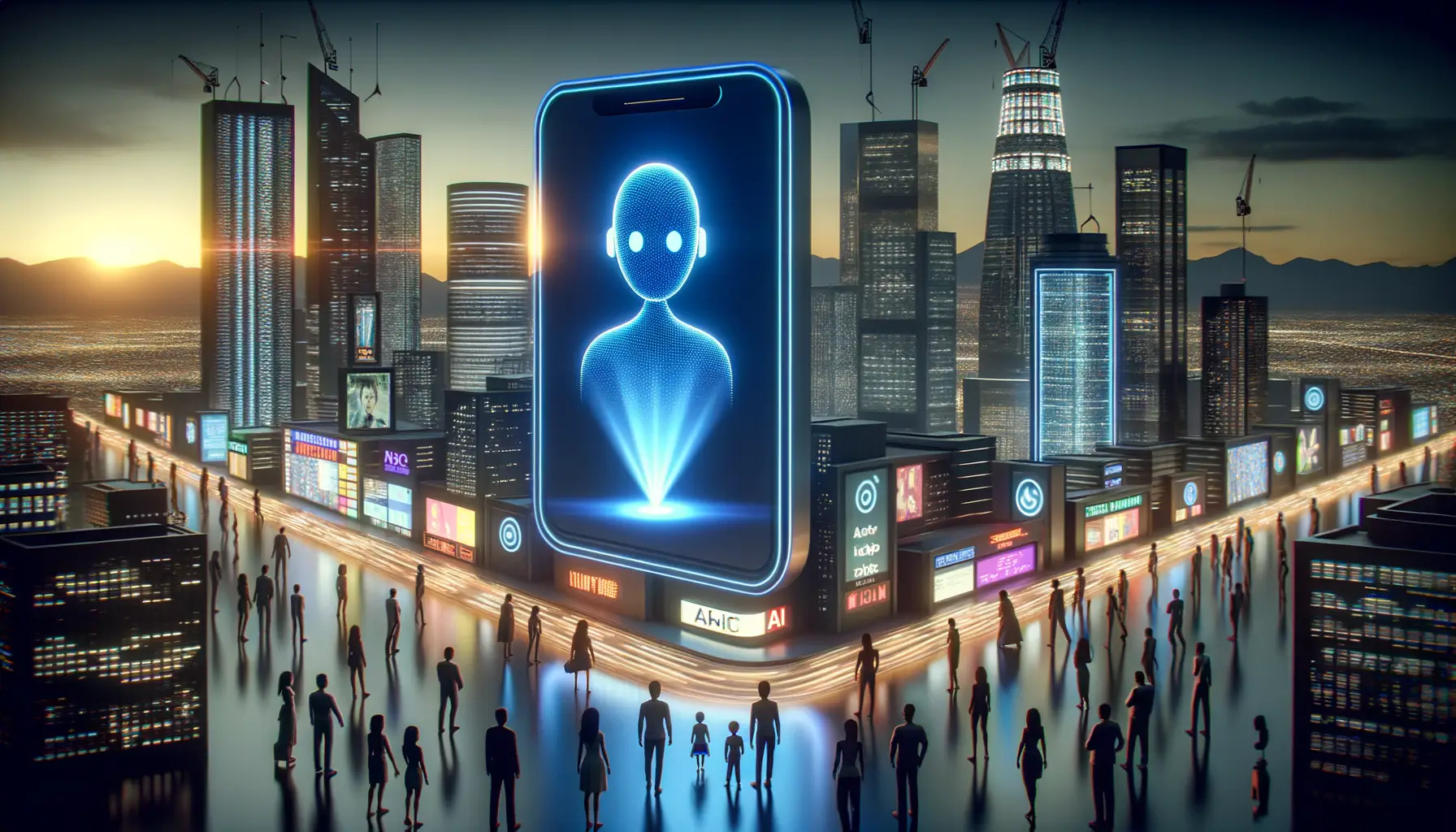
The Dawn of Personalized, AI-Driven Accessibility
Picture this: You’re navigating a bustling city with a virtual assistant that doesn’t just follow commands but anticipates your every need. That’s the world future AI trends promise. Thanks to advances in machine learning, accessibility on mobile apps is becoming less about basic features and more about *deep personalization*. Consider this—a speech-to-text app that not only transcribes words but also learns your unique accent, preferred language structure, and even tones down background noise during transcription.
In the coming years, we’ll likely see AI evolving from “reactive helpers” into proactive problem-solvers, bridging gaps users didn’t even know they had. These tools could combine data from wearables, smartphones, or even voice patterns to create accessibility ecosystems tailored to individual needs.
- Emotion-sensing AI: Imagine a chatbot that detects frustration in your tone and instinctively offers additional guidance.
- Augmentative Reality (AR) inclusion: Think AR integrations that provide live sign language for video calls or describe real-world settings in astonishing detail.
The Marriage of AI and IoT for Seamless Access
Now let’s stretch the imagination a bit further. Envision AI-powered apps linked to smart devices—your phone seamlessly syncing with your smart glasses or hearing aids. The Internet of Things (IoT) will make mobile accessibility a lifestyle upgrade, not just a tech add-on. Need turn-by-turn navigation in an unfamiliar city? Soon, you’ll have haptic feedback guiding your steps and real-time AI rendering visual surroundings in words.
These aren’t distant dreams—they’re right around the corner, and they’re transforming the way we perceive inclusivity. So buckle up because the interplay of AI, creativity, and empathy is taking accessibility to exhilarating new heights.

